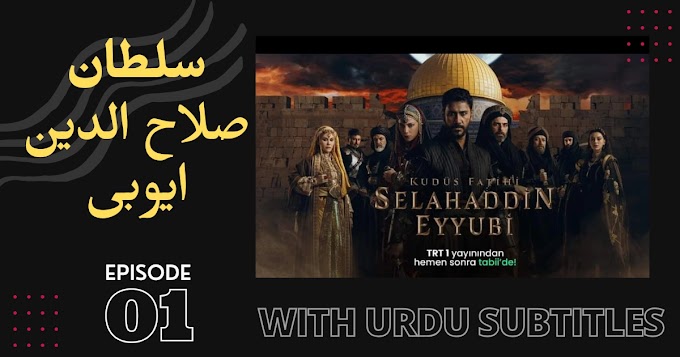The Ottoman Empire: A Map Of Countries
The Ottoman Empire was a Muslim empire that existed for over 600 years. At its peak, the empire included present-day Turkey, Egypt, Greece, Bulgaria, Hungary, Romania, and parts of Arabia, North Africa, and the Balkans. The Ottoman Empire was founded in 1299 by Osman I, and it reached its height under Suleiman the Magnificent in the 1500s. The empire began to decline in the 1600s, and it was eventually dissolved in 1923 after World War I.
The Ottoman Empire: A Map Of Countries
The Ottoman Empire was one of the largest empires in world history. At its peak, it included modern-day Turkey, Egypt, Greece, Yugoslavia, Romania, Bulgaria, Hungary, Syria, Lebanon, and much of the Arabian Peninsula. This map shows the extent of the empire at its height in 1683.
Map of the Ottoman Empire period 1299-1920 And The List Of 64 Countries Established To Replace The Ottoman Empire :
Europe 2.Bulgaria (545 years) 3. Greece (400 years) 4.Serbia (539 years) 5. Montenegro (539 years) 6. Bosnia and Herzegovina (539 years) 7. Croatia (539 years) 8.Macedonia (539 years) 9. Slovenia (250 years) 10. Romania (490 years) 11.Slovakia (20 years) Ottoman name:Uyvar 12. Hungary (160 years) 13.Moldova (490 years) 14. Ukraine (308 years) 15.Azerbaijan (25 years) 16. Georgia (400 years) 17. Armenia (20 years) 18.South Cyprus (293 years) 19.North Cyprus (293 years) 20. Southern lands of Russia (291 years) 21. Poland (25 years)-protection- Ottoman name: Lehistan 22. The southeast coast of Italy (20 years) 23.Albania (435 years) 24.Belarus (25 years) -protection- 25.Lithuania (25 years) -protection- 26.Latvia (25 years) -protection- 27.Kosovo (539 years) 28. Vojvodina (166 years) Ottoman name: Banat Asia 29. Iraq (402 years) 30. Syria (402 years) 31. Israel (402 years) 32. Palestine (402 years) 33. Jordan (402 years) 34. Saudi Arabia (399 years) 35. Yemen (401 years) 36. Oman (400 years) 37. United Arab Emirates (400 years) 38.Qatar (400 years) 39. Bahrain (400 years) 40. Kuwait (381 years) 41. Western lands of Iran (30 years) 42. Lebanon (402 years) Africa 43. Egypt (397 years) 44. Libya (394 years) Ottoman name: Tripoli 45.Tunisia (308 years) 46.Algeria (313 years) 47. Sudan (397 years) Ottoman name: Nubia 48. Eritrea (350 years) Ottoman name: Abyssinian 49. Djibouti (350 years) 50.Somalia (350 years) Ottoman name: Zeyla 51. Kenyan beaches (350 years) 52. Tanzanian beaches (250 years) Northern areas of 53rd Street (313 years) Ottoman name: Reşade 54. Part of Niger (300 years) Ottoman name: Kavar 55. The northern lands of Mozambique (150 years) 56.Morocco (50 years) -protection- 57.Western Sahara (50 years) -protection- 58. Mauritania (50 years) -protection- 59.Mali (300 years) Ottoman name: Gat Kaza 60. Senegal (300 years) 61. Gambia (300 years) 62. Guinea Bissau (300 years) 63. Guinea (300 years) 64. Part of Ethiopia (350 years) Ottoman name: Abyssinia 1299 The Beginning Of The Empire 1920 End Of The EmpireThe Ottoman Empire: Geography And History
The Ottoman Empire was a vast and powerful empire that controlled a large area of the world during the 16th and 17th centuries. The empire was centered in what is now Turkey, and at its height, it controlled lands in Europe, Asia, and Africa. The Ottoman Empire was a Muslim state, and its rulers were some of the most powerful people in the world. The empire was very wealthy, and its art and architecture are still admired today. The Ottoman Empire ended in the early 20th century, after it was defeated in World War I.
The Ottoman Empire: Religion And Culture
The Ottoman Empire was one of the great empires of the world. At its height, it controlled a huge area including parts of Europe, Asia, and Africa. The empire was very diverse, with people of many different religions and cultures living within its borders. Religion was an important part of life in the Ottoman Empire. Islam was the official religion, but there were also large numbers of Christians and Jews living in the empire. People were allowed to practice their own religion, and there was a lot of religious tolerance within the empire. Culture was also very important in the Ottoman Empire. The Ottomans were great patrons of the arts, and they encouraged learning and scholarship. They also had a rich tradition of music and architecture. The Ottomans were known for their luxury goods, such as carpets and coffee, which were highly prized by people all over the world.
The Ottoman Empire: Government And Politics
The Ottoman Empire was founded in 1299 by Osman I. From the 13th to the early 20th century, it was one of the most powerful empires in the world. The empire was ruled by a monarchy and had a complex system of government. The empire was divided into provinces, each ruled by a governor. The governors were responsible for administering the laws and collecting taxes. The empire also had a court system, which was responsible for adjudicating disputes.
The Ottoman Empire: Economy And Trade
The Ottoman Empire was a powerful empire that controlled a large area of the world. The economy of the Ottoman Empire was based on trade and agriculture. The empire traded with many countries and had a monopoly on certain products, such as spices. The agricultural sector of the economy was also very important, and the empire was able to produce a lot of food.
Conclusion
The Ottoman Empire was one of the largest empires in history. At its peak, it encompassed a large area of the world, including parts of Europe, Asia, and Africa. Despite its size and power, the empire ultimately fell apart. However, its legacy continues to be felt in many parts of the world today.




















0 Comments